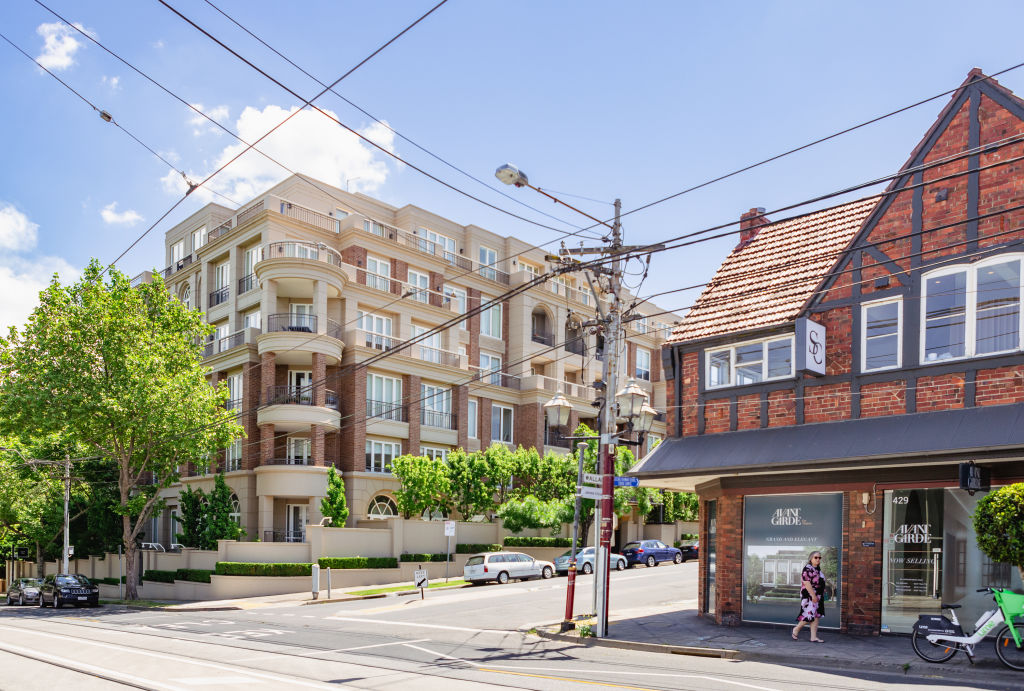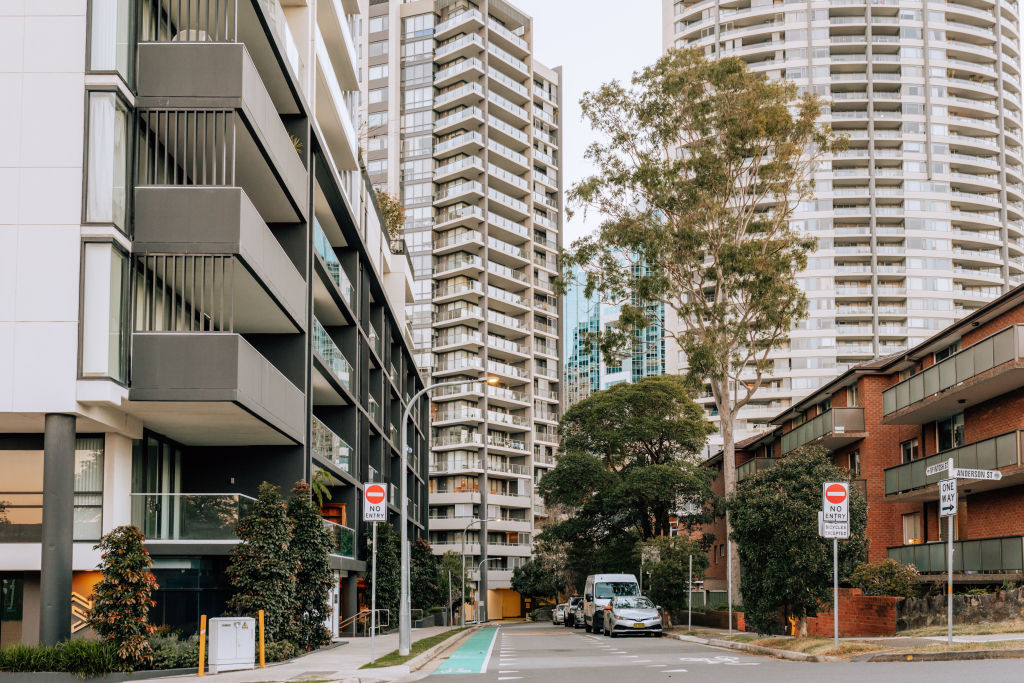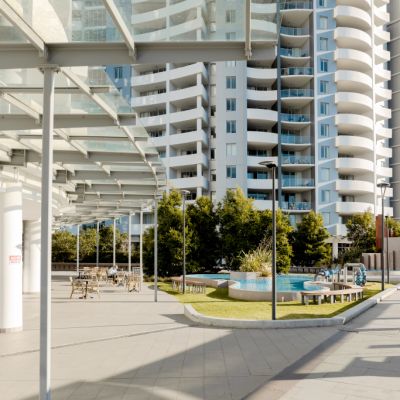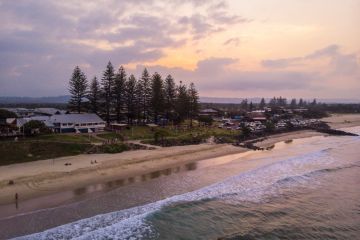Top tips when searching for an investment property in the New Year

Planning a sound investment strategy for the year ahead has never looked so complex, what with global anxiety around wars in the Middle East and Ukraine, and local uncertainty over interest rates, inflation and the domestic housing supply.
But the key factor to remember, says property investment strategist Lloyd Edge, is to forget about all of those.
“Investment decisions shouldn’t be too concerned with world affairs and rates and the cost of living, as investment should be about the long-term prospects – seven to 10 years, not what’s happening now,” says Edge, the managing director of Aus Property Professionals.
“People need to overlook those matters and put more importance on getting their finances in order and understanding why they want to invest and what kind of property to buy and where.
“For instance, houses might do better in one area of Brisbane than apartments, or there may be some streets in one suburb of Sydney and Melbourne that have more appeal than others when perhaps they’re not under a flight path or in a flood zone.”
Boutique luxury developer Central Element supports the view that granular research often takes precedence over the more macro factors.
For instance, it singled out Sydney’s Chatswood as a great area to invest in with its new 47-unit building Ethos, partly because of the coming metro line.
“The metro line was a massive factor in our decision to invest in Chatswood,” says Central Element managing director Nathan Chivas.
“As a result, apartments along Sydney Metro stations are predicted to outperform similar properties in neighbouring suburbs and attract significant premiums as the reduced travel time spurs on heightened demand.”

That choice of location should also include drivers such as the demographic of likely renters, the proximity to shops and schools, and the proportion of owner-occupiers to investors, says Rich Harvey, chief executive of buyers’ agency Propertybuyer.
“Then there’s the right property type for the area, which is in the most demand or in the least supply, and the kind of attributes a property has,” he says.
“That could be the floor plan, the quality of construction, the aspect, any slope and whether, for instance, it’s a fibro shack which might be good for Ipswich, but not so right for Mosman or Toorak.
“I also always like something you can value add to, through a renovation, a subdivision or adding a granny flat. It’s important, for 2024, to be a smart investor.”

In addition, check an area’s vacancy rate and its levels of housing for sale, says Arjun Paliwal, founder and head of research at InvestorKit, and give a wide berth to areas with a high building approval rate.
“When there is more demand than supply, prices increase,” Paliwal says. “That’s why it’s simpler to keep an eye on and understand situations where supply is limited rather than speculating about demand.
“Look for areas with few empty properties because it means there is a high demand for rentals.
“Also, a high number of new house building approvals indicates future supply to the sales market which could lead to oversupply, resulting in weak price growth. You want to minimise this risk.”
We recommend
States
Capital Cities
Capital Cities - Rentals
Popular Areas
Allhomes
More










